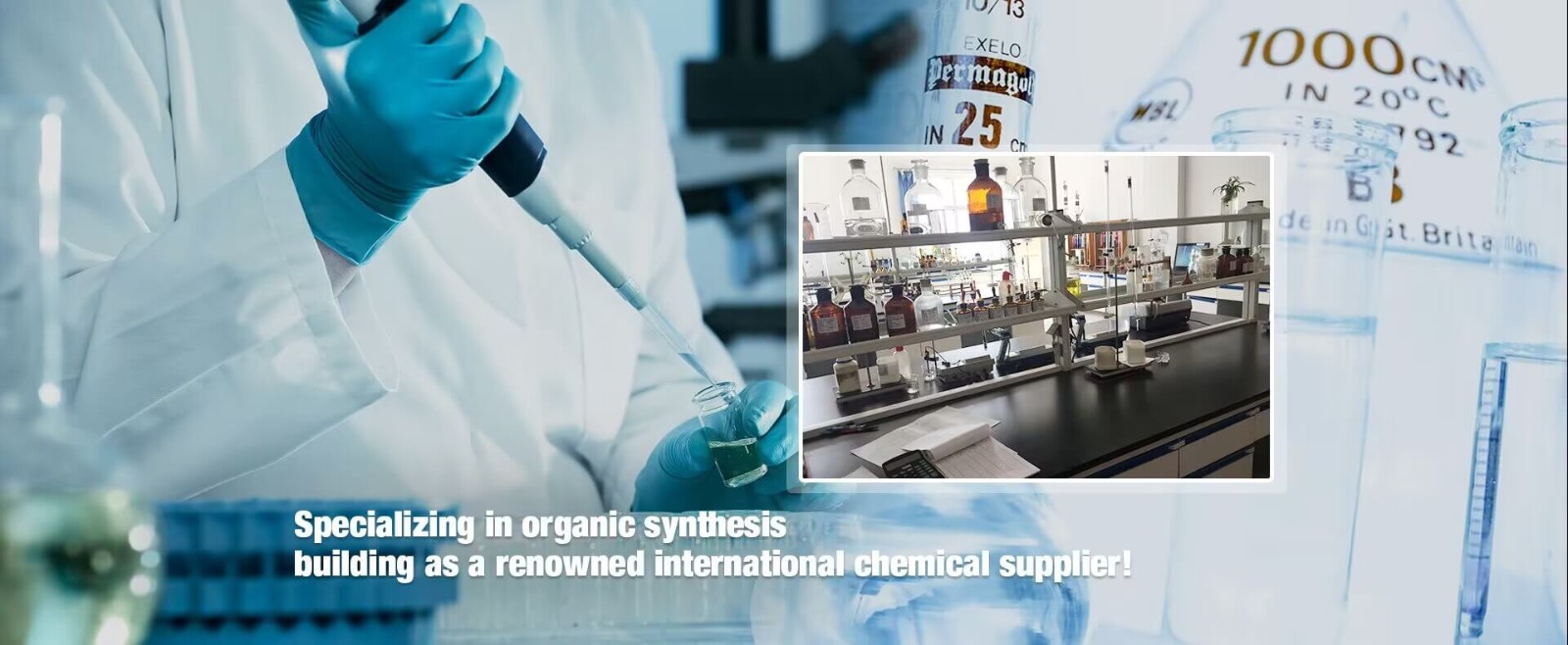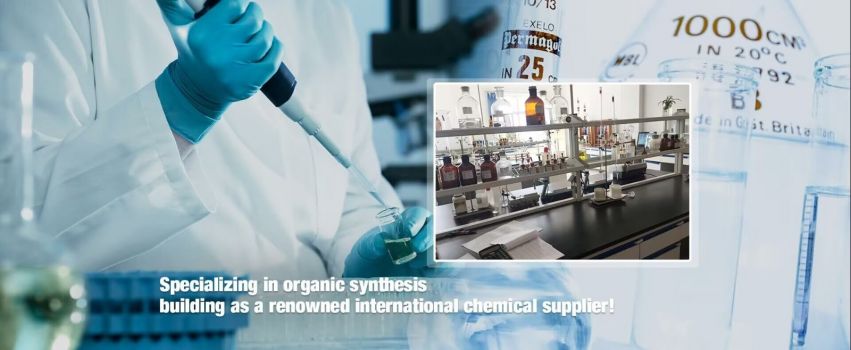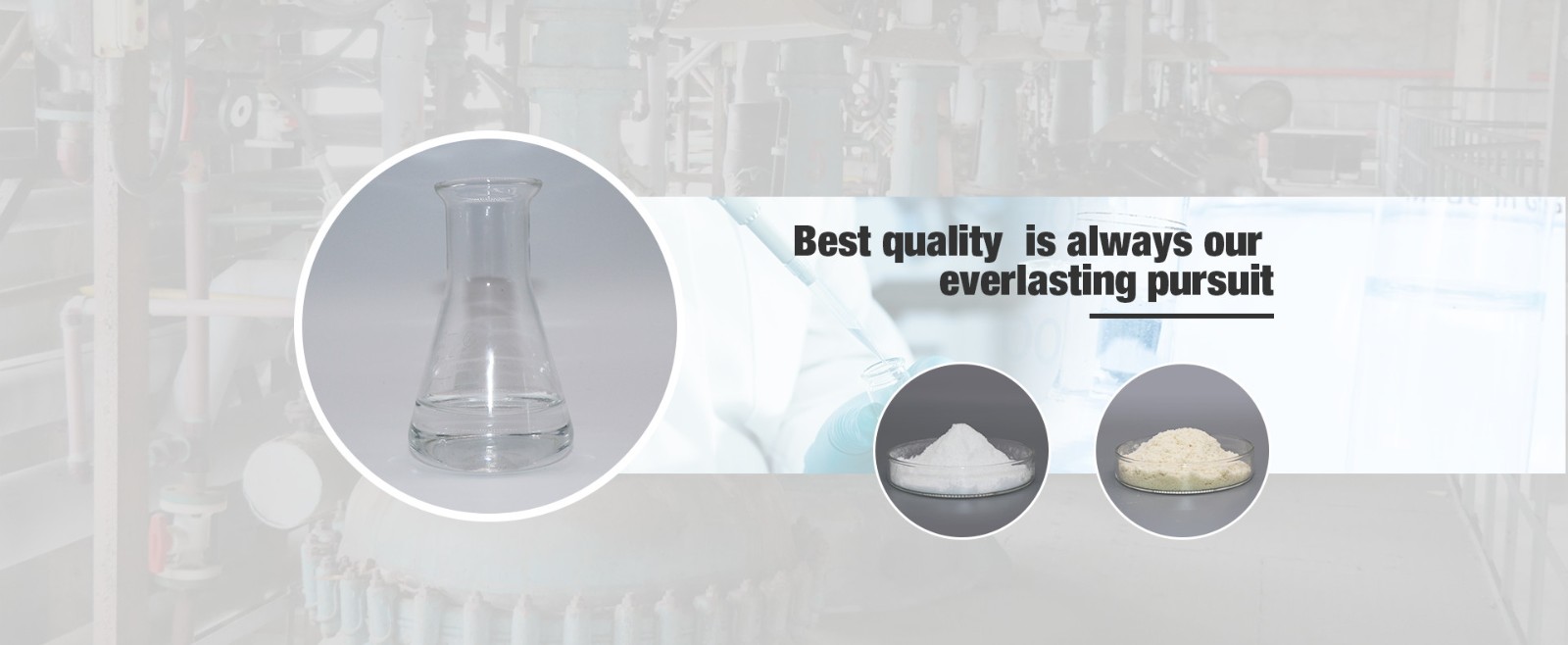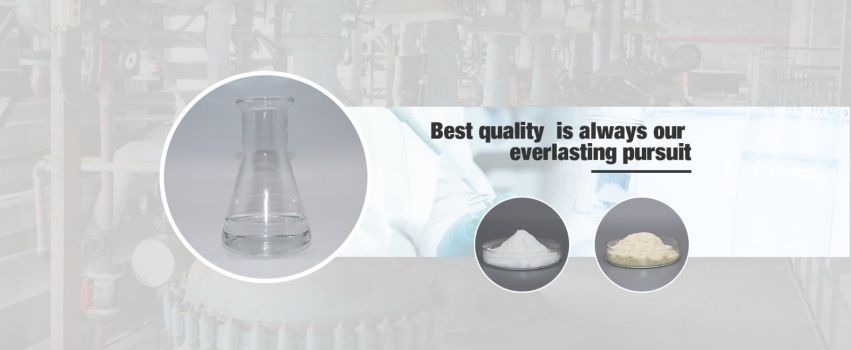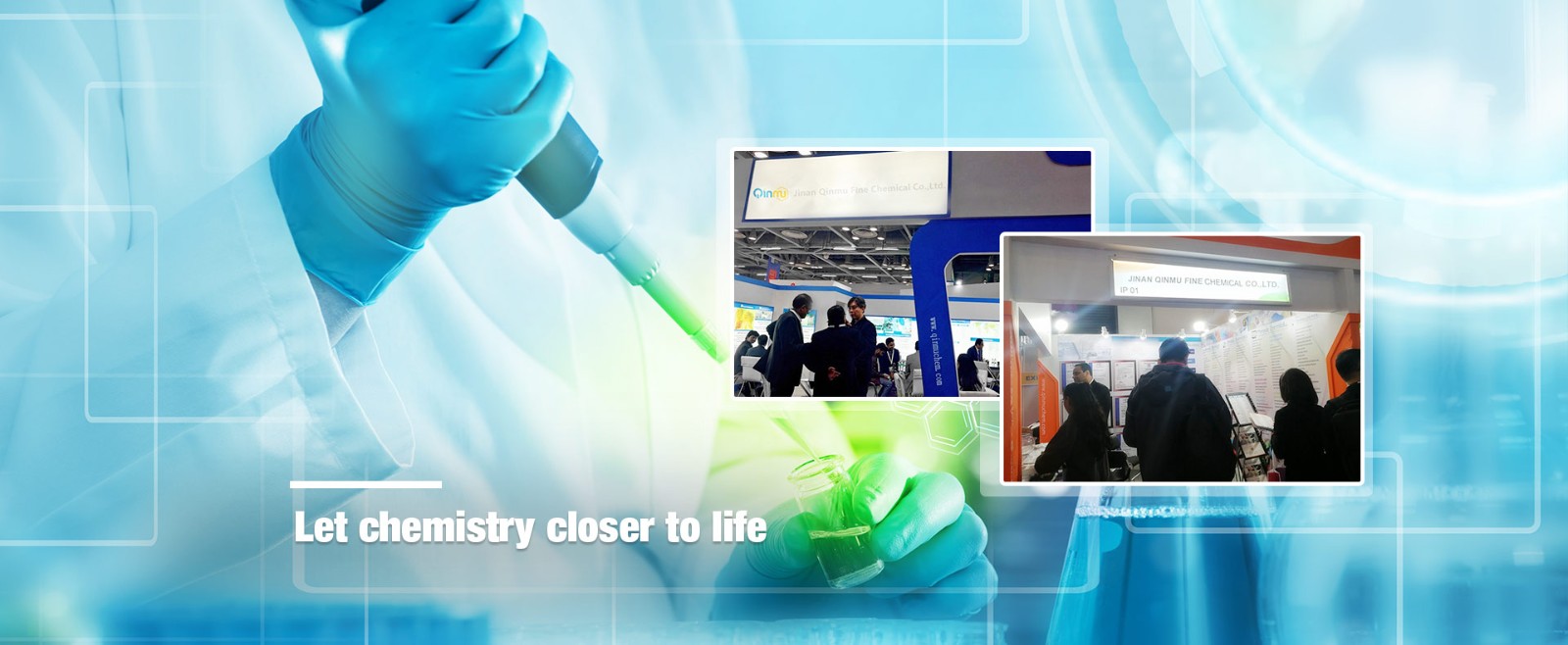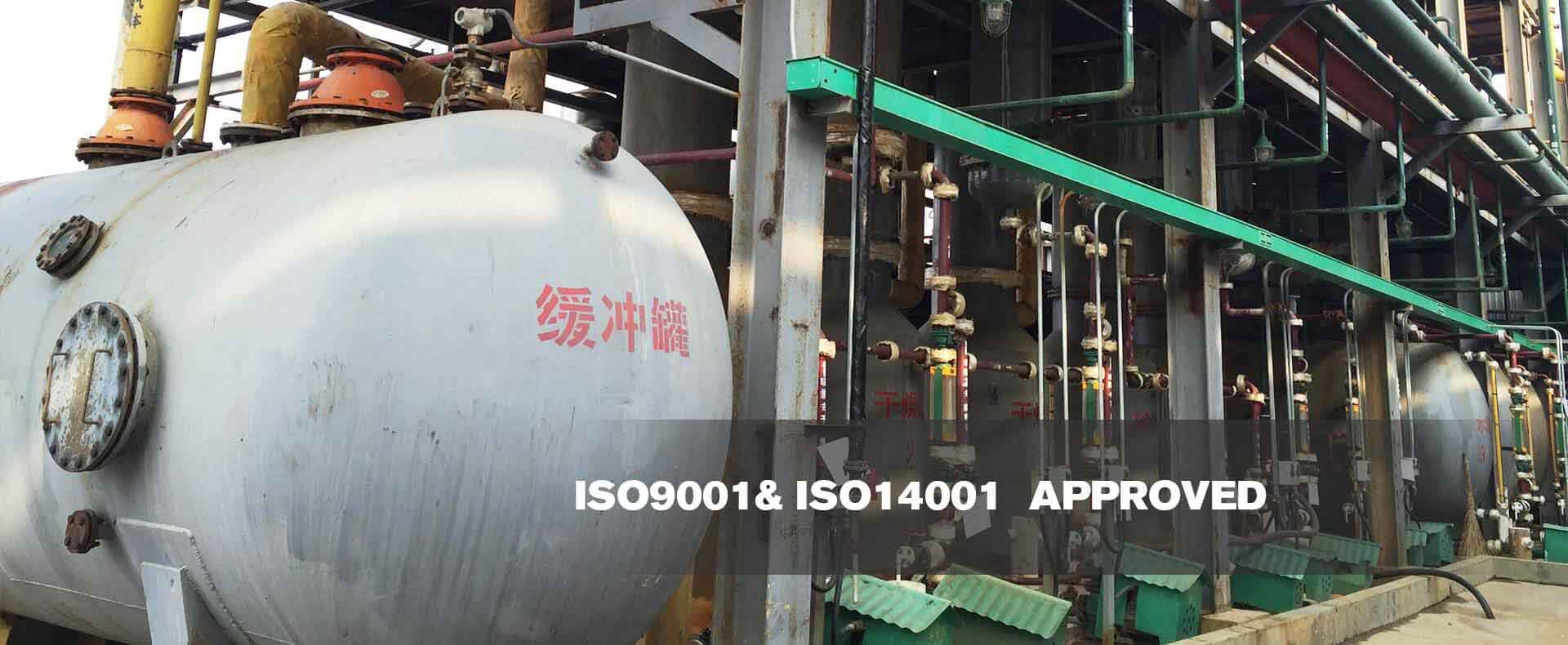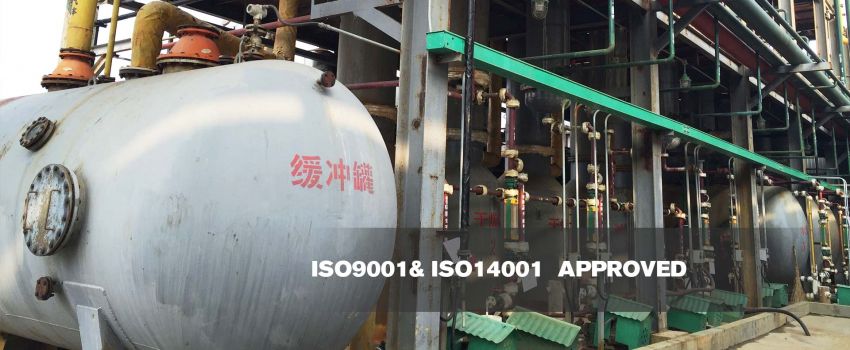What Do You Know about Picramic Acid?
Oct. 15, 2022
Picramic acid is yellow needle-like or massive crystals, odourless, extremely bitter, CAS: 96-91-3; density: 1.767; freezing point: 122.5°C; explosion point: 300°C; flashpoint: 150°C. Not easy to absorb moisture. Insoluble in cold water. Easily soluble in hot water. Easily soluble in boiling water. Soluble in ethanol, ether, benzene and chloroform. Used in explosives, matches, dyes, pharmaceuticals and leather industries.
Uses of Picramic acid
Used to make red light sulphur black and acid dyes, explosives and pesticides. Used in medicine as a surgical astringent. It is also commonly used in the isolation and purification of organic bases.
The role of Picramic acid in the industry
Picramic acid can dissolve plastic and hydrolyze it. It is a good solvent for the environmental protection industry to dissolve white garbage.
Preparation of Picramic acid
There are two main processes, sulfonation and nitration. Phenol is easy to be oxidized. When it encounters dilute nitric acid, it produces red and black products and is scrapped. Therefore, it first reacts with concentrated sulfuric acid to generate a relatively stable sulfonic acid compound, and then nitric acid is used to react with the sulfonic acid to replace the sulfonic acid group with a nitro group.
The raw material phenol is above chemical purity, and the industrial phenol should be refined by distillation. Dilute nitric acid, concentrated sulfuric acid.
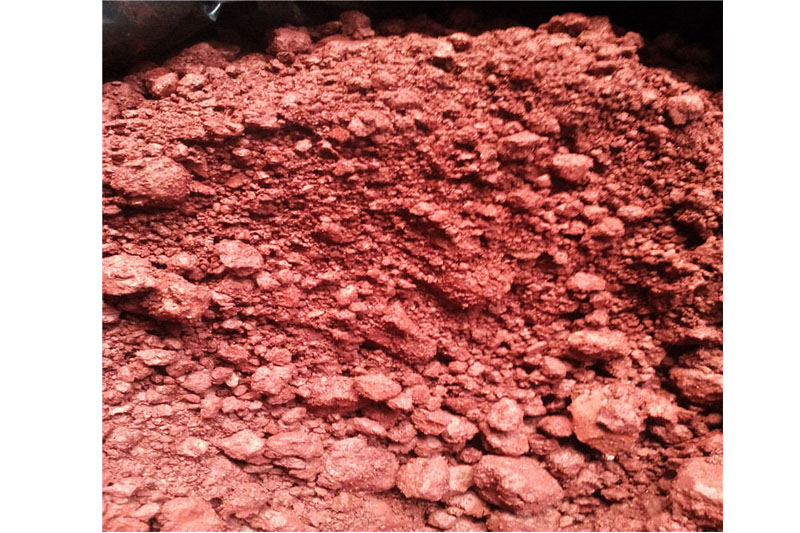
Method
1. Heat the container with phenol in a water bath to melt the phenol for use. Use a small beaker to roughly measure 100 mL of phenol, and quickly transfer it to a 1000 mL large beaker. Measure 280ml of concentrated sulfuric acid in a small beaker containing phenol, add it to phenol under stirring and continue stirring for 1 minute after the addition. Then put the large beaker in a hot water bath, heat it to above 95°C, and keep it warm for 40 minutes. After that, it is cooled to 30°C or less.
2. Place the beaker containing the reaction solution in a water bath. Use a dropping funnel to add 200ml of nitric acid dropwise to the reaction solution with rapid stirring. The dripping speed should be slow first and then fast prevent the foam from coming out of the beaker. In the initial stage of dropping, the temperature of the reaction solution should be controlled not to exceed 80℃, the temperature of the water bath should not be higher than 60℃, and cold water should be added to the water bath at any time.
3. When the temperature of the reaction liquid no longer rises but naturally drops, the rate of acid dropping and the temperature of the water bath can be increased to make the temperature of the reaction liquid not lower than 70°C. It takes about 40 minutes to 1 hour to drip the acid. After the acid is dripped, the reaction solution is heated in a water bath to increase the temperature to above 90°C.
4. Add 90 mL of nitric acid dropwise to the reaction solution again under stirring, and finish the drop in about 20 minutes. During the dropping process, if a large amount of yellow PA precipitates and floats on the acid surface to hinder stirring, use a stainless steel spoon to scoop it out. After dripping, keep it warm (above 90℃) for 10 minutes, and then let the reaction liquid be cooled to below 50℃.
The above information is provided by the picramic acid supplier.
-
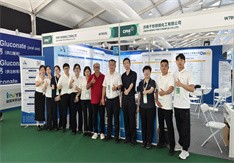
Qinmu's CPHI China 2025 Exhibition Ends Perfect
Jul. 01, 2025
-

CPHI & PMEC China (Shanghai) 2025 --- we are coming!
Mar. 14, 2025







